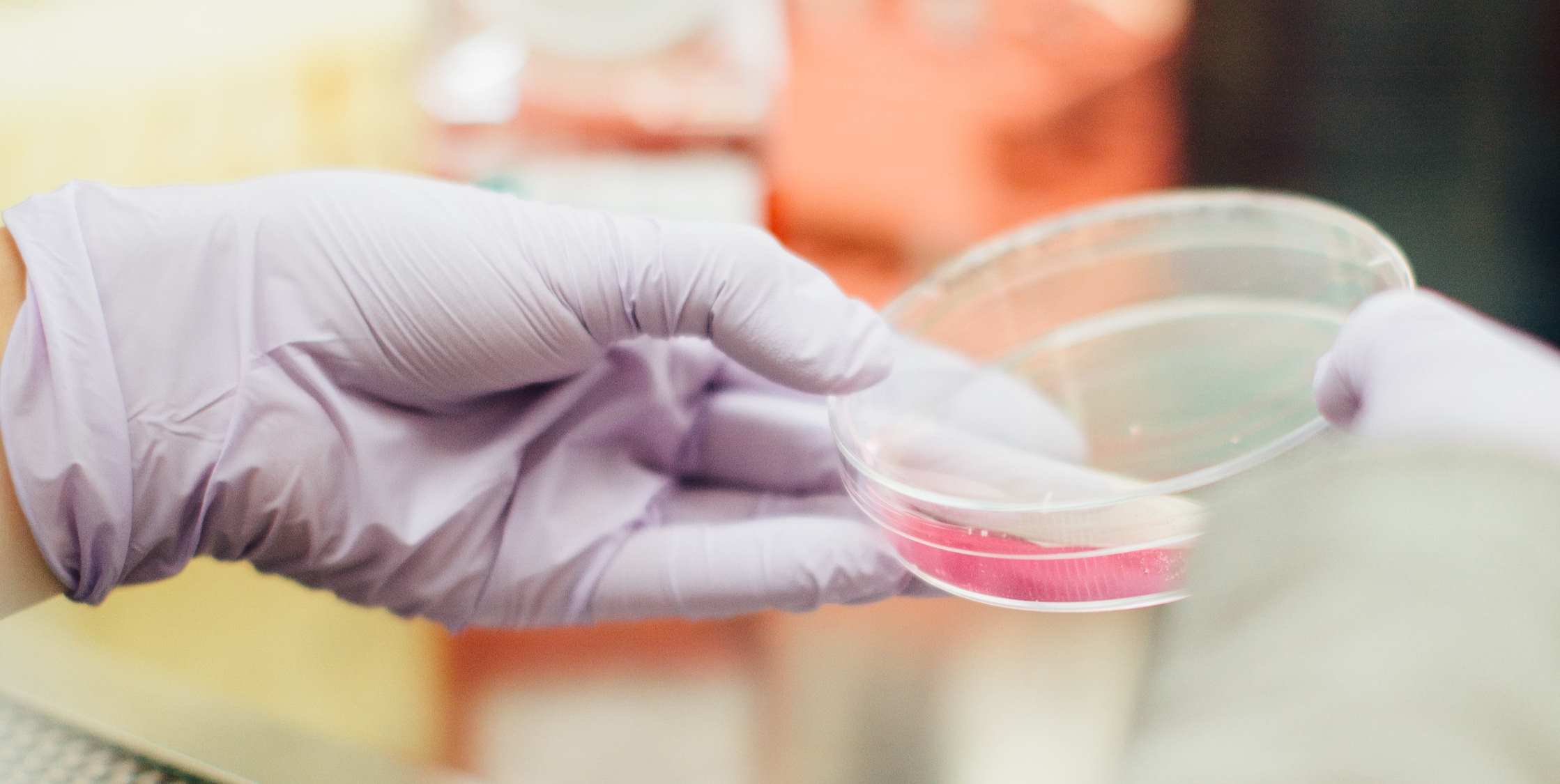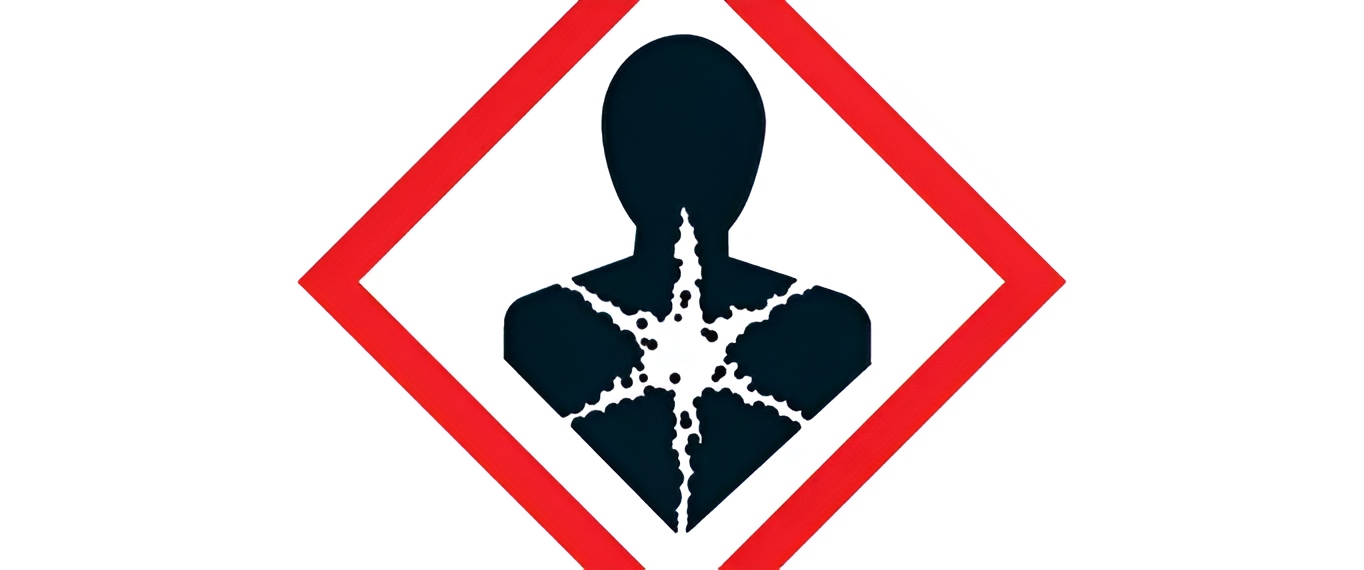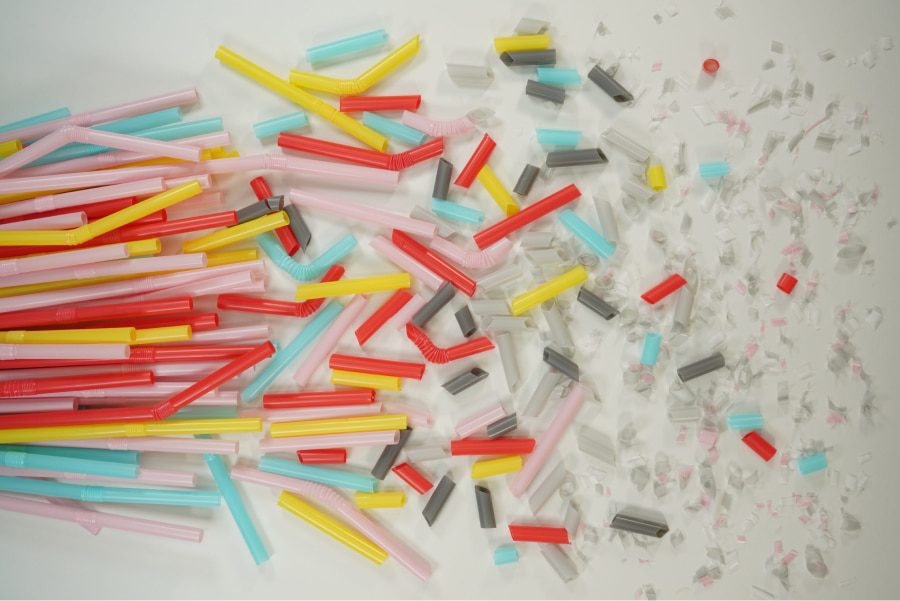Regulatory Requirements and Practical Implications
The expiry date of cosmetic products indicates the period within which the product must be used, provided it has been stored correctly. If a cosmetic product has a shelf life of less than 30 months from the date of production, its label must display the words “Best before …” followed by the day, month, and year.
However, if the formulation does not contain easily perishable components and the product’s shelf life exceeds 30 months, including an expiry date is not mandatory. In such cases, it is necessary to indicate the period within which the product should be used after opening, known as the Period After Opening (PAO).
The label must comply with Article 19 of Regulation (EC) No 1223/2009 of the European Parliament and of the Council.
Regarding the expiry date, cosmetic products can only be placed on the market if the container and packaging include the following required information:
- The date by which the product can be used, provided it has been properly stored, and continues to perform its initial function is known as the date of minimum durability. This date must be preceded by the hourglass symbol or the words “Best before.”
- For products with a minimum shelf life of more than thirty months, the label must indicate the period during which the product can be used safely after opening, without harmful effects on the consumer. This information must be preceded by the symbol of an open jar with the acronym “PAO” (Period After Opening). Exceptions apply to single-dose products, products packaged to prevent contact between the cosmetic and the surrounding environment, such as aerosols, and products where the manufacturer certifies that the formula prevents any risk of deterioration.
The Period After Opening (PAO): Ensuring Consumer Safety and Compliance
The Period After Opening (PAO) symbol, as mentioned, is a graphic indicator on cosmetic products that signifies the period during which the product remains safe for use after being opened. It is not related to the product’s technical performance but rather to potential health risks associated with its use over time.
The PAO is defined as “the time in which the product, once opened, can be used without harmful effects for the consumer.”
In the European Union, the PAO symbol was first introduced by Directive 2003/15/EC, which has since been replaced by Regulation (EC) No 1223/2009. This requirement applies to cosmetic products with a shelf life of more than 30 months, which are exempt from displaying an expiry date. However, certain products are not required to carry the PAO symbol.
These include single-dose products, those packaged in a way that prevents contact with the external environment (such as sprays), and products with formulation characteristics that ensure long-term stability without the risk of deterioration.
In contrast, cosmetic products with a shelf life of less than 30 months must indicate an expiry date on their packaging.
The PAO symbol is used uniformly across all countries in the European Union. It is printed on both the primary container, which is in direct contact with the cosmetic, and, if applicable, on the secondary container, such as the external packaging.
The symbol consists of an open jar with the product’s shelf life after opening indicated in months. This duration is written as a number followed by the letter “M,” which stands for “month” in multiple languages, including Italian (mese), English (month), Spanish (mes), and French (mois).
Expiration Dates in Cosmetics: The Role of Stability and Microbiological Testing in Shelf Life Assessment
There is no single, standardised method for determining the Period After Opening (PAO) or the Date of Minimum Durability (DMD). Various guidelines and reference documents provide recommendations for their assessment.
Some of the most notable include:
European Commission “Practical Implementation of Article 6(1)(c) of the Cosmetics Directive (76/768/EEC): LABELLING OF PRODUCT DURABILITY: “PERIOD OF TIME AFTER OPENING“;
Cosmetics Europe “Guidelines for compliance with the ” Period after Opening ” requirement introduced by the 7th amendment to the Cosmetic Directive”
AFSSaPS (Agence Française de Sécurité Sanitaire des produits de Sante) ” Recommendations relating to Period after Opening (PaO) assessment ”
Essentially, different methods and various factors are considered when determining the (PAO and the DMD, particularly:
- Outcome of the challenge test that provides important information about the effectiveness of the preservative system;
- Results of stability tests performed during the development phase for the cosmetic (microbiological risk assessment, compatibility test with container, test under different storage conditions such as exposure to light, heat, humidity);
- Type of packaging in which the product will be packaged: different types of packaging will influence the level of contact between the consumer and the product;
- Type of formulation, ingredients used and experience on similar formulations already developed;
- Storage conditions;
- How the product is used and data on consumer habits, evaluating where the cosmetic is kept, where it is used, the frequency of use and how it is applied.
How to Label Shelf Life Correctly

How to Indicate DMD
The minimum shelf life date must be indicated by affixing the hourglass symbol (Annex VII – point 3) on both the container and the packaging or, alternatively, the words “Best before…” followed by the indication, in order, of the month and year or the day, month and year, or by the indication of the point on the label where it appears: it is not permitted to use any other phrase than that expressly indicated by law.
If it is not possible to include the date in question after the hourglass or the mandatory words “Use preferably by…”, the exact place on the packaging (packaging, container or label) where this date appears must be indicated.
How to Indicate the PAO
The post-opening period (PaO) must be reported by affixing both on the container and on the packaging the symbol set out in point 2 of Annex VII to Regulation (EC) 1223/2009, representing an opened jar of cream, followed by an indication of the number of months, or years, or years and months, in which the product, once opened, can be used without harmful effects for the consumer.
Products On Which the PAO May Not Be Present
The indication of the PAO is not required on cosmetic packaging for the following products:
- Cosmetics in single-dose packages;
- Products in packaging that prevents the product from coming into contact with the external environment (aerosols);
- Products that are considered by their nature to be low risk (products with a high alcohol content, products with a low free water content and products with a pH below 3 or above 11).
Key Factors Affecting Product Degradation and How to Mitigate Risks
Degradation of cosmetic products can compromise their safety, efficacy and quality. To mitigate these risks, it is important to take measures throughout the production chain and during use.
Here are some useful strategies, especially at the product formulation level:
Use proper preservatives: Add preservatives (such as parabens, phenoxyethanol, or naturally derived preservatives) to prevent the growth of microbes and mold.
pH adjustment: Whenever possible, keep the pH of the product in the ideal range to avoid the proliferation of bacteria or oxidation.
Antioxidants: Include antioxidants (such as vitamin E, ascorbic acid, or tocopherol) to reduce the risk of component oxidation.
Choice of stable ingredients: Prefer ingredients that are chemically stable and have low reactivity.
Best Practices for Packaging Selection to Ensure Product Stability

Similarly, the choice of specific packaging helps the mitigation of this risk.
Here are some examples of optimally chosen packaging:
Protective packaging materials
Use materials that are durable and compatible with the product formulation.
- Opaque or dark bottles: Protect light-sensitive cosmetics, such as creams with vitamin C or retinol.
- Airtight containers: By reducing exposure to oxygen, oxidation and contamination are limited.
Airless systems
Airless packaging is particularly useful for delicate products, such as serums or anti-aging creams. These systems are effective in that:
- They prevent air from entering.
- They extend the life of the product once opened.
- They avoid direct contact between the product and the fingers, reducing microbiological contamination.
Eco-sustainable materials
Opting for recyclable or biodegradable packaging is an increasingly important choice. However, they must still ensure the protection of the product (e.g., bioplastic or laminated paper wrapping).
Dispenser packaging
Use pumps, droppers, or spout tubes to prevent the user from having to insert fingers into the product, reducing the risk of contamination.
Helping Consumers Understand and Adhere to Product Shelf Life
User behavior can also affect the durability and quality of the cosmetic product. Here are some best practices:
Avoid contamination:
- Do not pick up the product with dirty fingers: use clean spatulas, brushes or applicators.
- Do not share cosmetics with other people (especially eye or lip makeup) to avoid the transmission of bacteria.
Proper storage at home:
- Avoid humidity: Do not keep products in the bathroom or near sources of steam, as humidity can promote mold growth.
- Protect from light and heat: Store cosmetics in a cool place away from direct sunlight, especially those containing sensitive oils, vitamins or natural extracts.
- Use the refrigerator for delicate products: For natural or preservative-free cosmetics, refrigeration can slow down degradation.
Closing the containers:
- Always ensure that the covers are tightly closed to prevent air and contaminants from entering.
- Check for any leaks in the packaging that may expose the product.
Compliance with deadlines and PAO:
- Do not use cosmetics that have expired or have a different smell/color from the original.
- Keep track of the opening of each product (write down the date if necessary).
Avoid contact with water:
- Do not add water to products, such as mascara or foundation, to dilute them: this can promote bacterial growth.
- Use clean towels or fabrics to wipe off any residue.
Watch for signs of alteration: stay alert for changes in texture, color, or odor, which may indicate product degradation or contamination.
Is your product correctly labelled? Does it display a validity or PAO? Has it been evaluated through specific testing? If you’re unsure whether the product is correctly labelled or if it has the necessary tests to support its validity or PAO, contact us – we’d be happy to assist with the evaluation.



